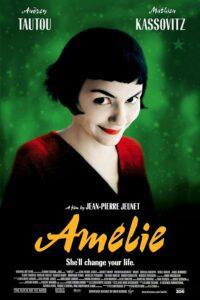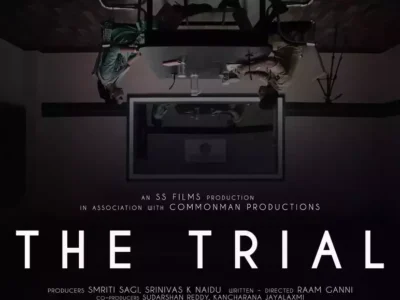Call me by your name: Cinematography by Sayombhu Mukdeeprom

Call me by your name was released nearly 7 years back, why is there a need to write about an old movie?
Bramayugam, Cinematography by Shehnad Jalal has reintroduced ‘Film noir’ to the screens bringing the brand new experience of an era of filmmaking that has gone extinct.
With this revival of this filmmaking on the big screen, I want to introduce you to another movie that makes you feel and experience the scenes and characters in real time. You get a chance to transport yourself into their world. Feel the natural and delicacy along as the movie unfolds.
The film is in no rush, and does little to impress you with their storytelling. Instead the flow of the movie is honest and we just get to see the beauty of each character individually. From the physical, original, realistic, natural beauty of a boy(Timothée Chalamet) to the other purely crafted beauty of another man(Armie Hammer)
The camera doesn’t move too much, like I said, the movie is not made to “impress” anyone. It exists like trees exist in the Amazon, like white clouds exist with the background of blue sky. Call me by your name exists because it’s a part of nature and not born to meet anyone’s expectations and demands.
The film making of Call me by your name, moves the sensitive/sensible part of you. You will be the first hand to feel the emotions of the characters even before the characters themselves feel them.
Zero to minimum close-up shots: With the advancement of photography, it has become as if it’s all about what’s demanding the audience’s attention on the screen. With heavy colours, heavy dialogues, heavy movements, heavy gestures, it’s all planned and executed instead of the subtlety. Although some movies demand this kind of filmmaking, the naturality, artistic values are missed in the art of cinema. Those artistic values are all available grandly in Call me by your name.
Amélie: Cinematography by Bruno Delbonnel

Now there is another movie that could drag you into its world, with the opposite of what the above movie offers. Amélie! Amélie is packed with close-up shots, zoom-in, zoom-out, and ‘shallow depth of field’ all throughout the movie. Any time a close-up shot comes in a movie, the character whose face is zoomed-in should have something to offer directly to the screen, like they are speaking directly to the screen, in Amélie, Amélie Poulain(Audrey Tautou) directly speaks to us with quirky expressions and humor. Not just her, everyone in the movie has something to offer when they’re zoomed-in. There are some recent Telugu movies which have used too many close-up shots only to bore the audience.
The concept of Amélie, is all those sensitive yet beautiful things that usually no one bothers to notice in day-to-day life. So, when you want to capture that sensitivity, you ought to go that extra mile with the lights, vibrant colors, sounds and capturing all of that in your camera.
Kaagaz Ke Phool: Cinematography by V.K. Murthy

Kaagaz Ke Phool’s cinematography, crafted by V.K. Murthy is widely praised for its innovative use of techniques and its ability to enhance the film’s themes and emotions. Here are some key aspects that make it so great:
Cinemascope: Being the first Indian film in Cinemascope, it pushed the boundaries of visual storytelling. The wider frame allowed for expansive sets, emphasizing the grandeur and loneliness of the protagonist. It also enabled creative camera movements, adding dynamism and depth to the scenes.
Expressionistic Lighting: The film employs dramatic lighting with deep shadows and stark contrasts, highlighting the emotional turmoil of the characters. The use of chiaroscuro, where light and shadow sharply define faces, adds a sense of mystery and vulnerability. Murthy’s camerawork is anything but static. He employs tracking shots, pans, and zooms to create a sense of unease and instability, mirroring the protagonist’s emotional state.













